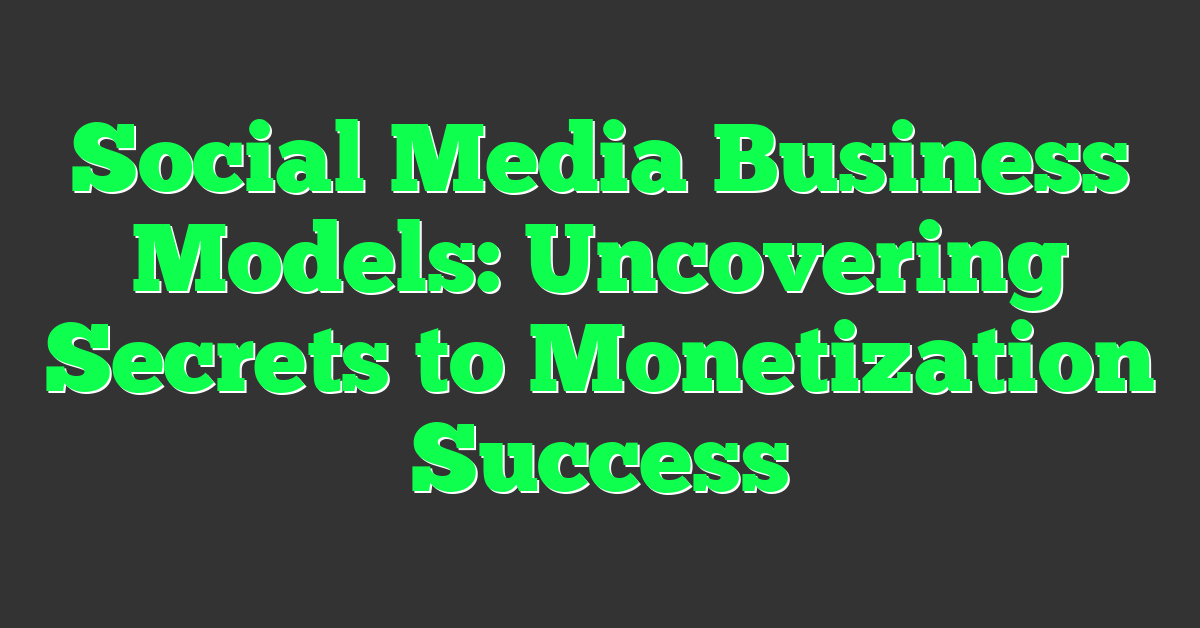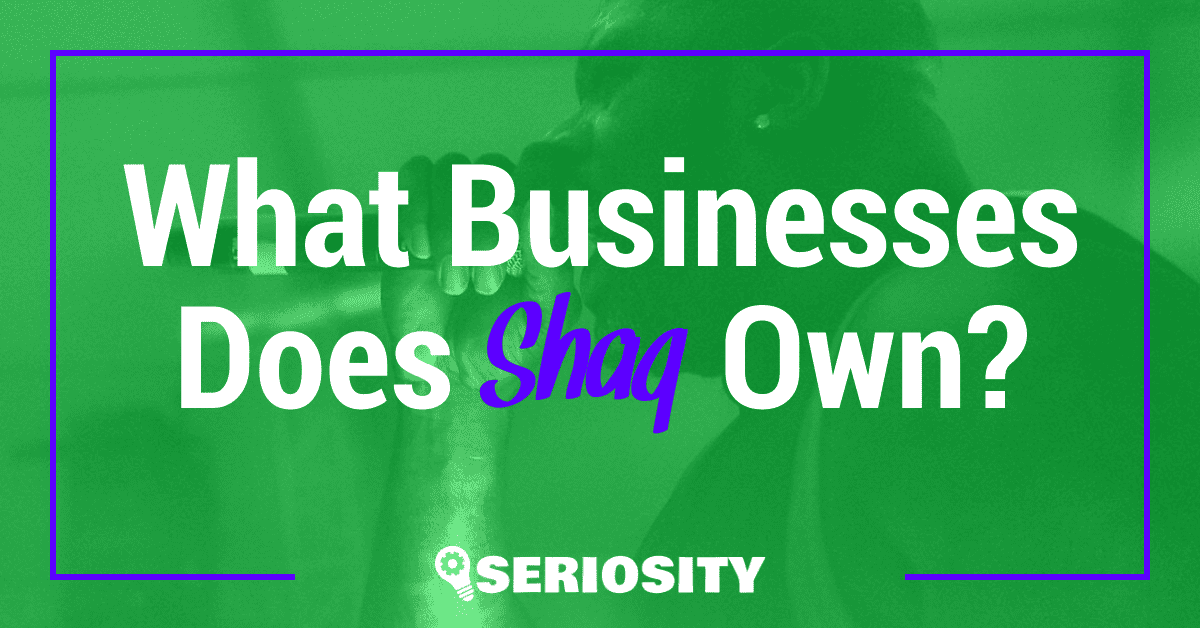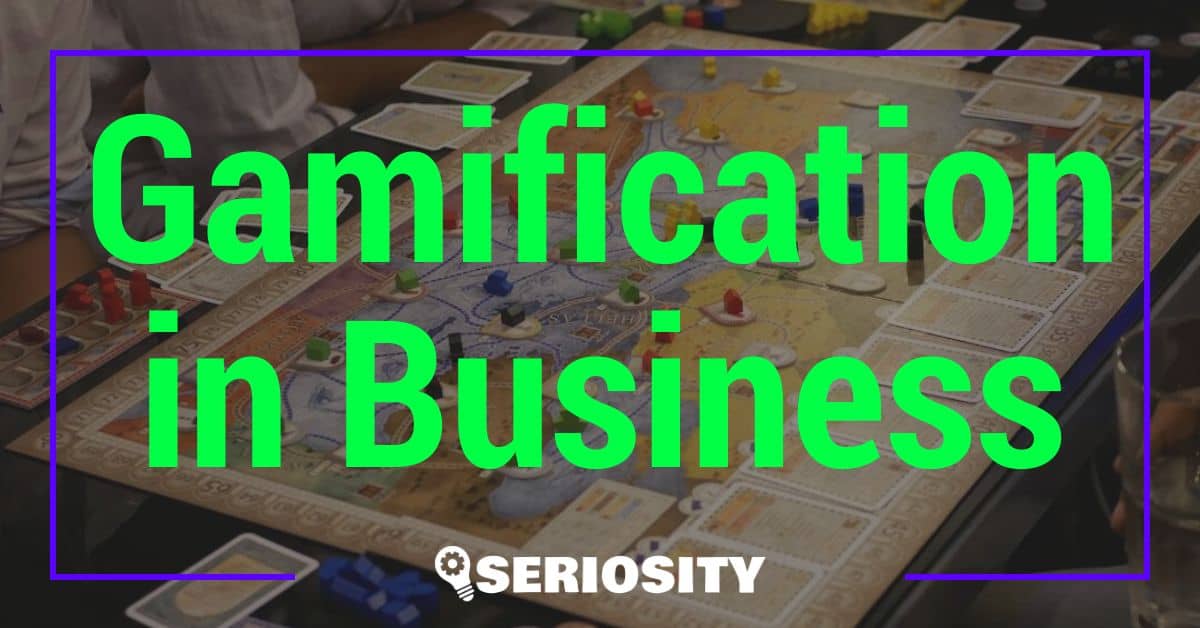Ever wondered how your favorite social media platforms make money while you scroll through endless feeds? Social media business models are more fascinating and complex than you might think. These platforms have transformed from simple networking sites into powerful marketing tools and revenue-generating machines.

Whether it’s through advertising, premium subscriptions, or data monetization, each platform has its unique strategy to keep the cash flowing. Understanding these models not only gives you insights into their success but also helps you make informed decisions about your online presence. So let’s dive into the world of social media business models and uncover the secrets behind their financial success.
Key Takeaways
- Diverse Revenue Streams: Social media platforms use various strategies such as advertising, premium subscriptions, e-commerce integrations, and data monetization to generate revenue.
- Advertising Dominance: Advertising remains a core revenue source, with platforms like Facebook, Instagram, and Twitter offering targeted ads based on user behavior and demographics.
- Subscription and Freemium Models: Platforms like LinkedIn and YouTube succeed with premium subscriptions, offering enhanced features, ad-free experiences, and exclusive content to monetize their user base.
- E-commerce Integration: Social media has evolved into a direct sales channel, with features like Instagram Shopping and Pinterest’s Buyable Pins simplifying the purchasing process within the platforms.
- Data Monetization: User data plays a crucial role in revenue generation. Social media platforms analyze and sell anonymized user data to advertisers and businesses, emphasizing the need for ethical data handling and compliance with privacy regulations.
Overview of Social Media Business Models
As an entrepreneur passionate about online business and startups, you’re probably eager to understand how social media platforms generate revenue. These models offer a glimpse into how to optimize your online presence.
Key Components of Profitable Models
Social media business models contain several key revenue components.
- Advertising: Platforms like Facebook and Instagram leverage user data to provide targeted ads. Businesses pay for ad space, reaching specific demographics.
- Premium Subscriptions: LinkedIn and YouTube offer premium memberships, giving users enhanced features like ad-free experiences and exclusive content.
- Data Monetization: Companies collect and analyze user data, then sell insights to businesses looking to refine their marketing strategies.
- E-commerce Integrations: Instagram and Pinterest allow direct product purchases through integrated shopping features.
- Sponsored Content: Influencers and brands collaborate on sponsored posts, creating a revenue stream for both parties involved.
Evolution of Monetization Strategies in Social Media
Monetization strategies have evolved significantly over the years.
- Initial Revenue Models: Social media started with banner ads and basic subscription models.
- Targeted Advertising: As data analytics improved, platforms began leveraging user behavior for highly targeted advertising.
- Freemium Models: Platforms introduced freemium models, offering basic services for free and charging for premium features.
- Native Advertising: Sponsored content blended seamlessly into user feeds, enhancing user engagement while still generating revenue.
- E-commerce Integration: Social media now serves as a direct sales channel, with features like Instagram Shopping making it easier for users to buy products directly from posts.
Understand these components and their evolution to better align your business strategy with successful social media practices.
Advertising-Based Models
Advertising has become a fundamental revenue stream for social media platforms, leveraging user data to deliver targeted ads to specific demographics.
Examples of Platforms Using Advertising Models
- Facebook: With over 2.7 billion monthly active users, Facebook uses extensive targeting options, including interests, behaviors, and demographics. Its ad formats include image ads, video ads, carousel ads, and sponsored stories.
- Instagram: Owned by Facebook, Instagram integrates targeted advertising into its user experience through sponsored posts, stories, and IGTV ads. Its visual-centric platform attracts businesses looking to showcase products with engaging, high-quality visuals.
- Twitter: Twitter offers promoted tweets, promoted accounts, and promoted trends to help businesses reach targeted audiences. Advertisers can engage users in real-time conversations, capitalizing on trending topics and hashtags.
- LinkedIn: LinkedIn’s professional network allows for highly specific targeting based on job titles, industries, and company sizes. Sponsored content, InMail, and display ads offer effective ways to reach B2B audiences.
- TikTok: With its rapidly growing user base, TikTok offers unique advertising formats like in-feed ads, branded hashtag challenges, and branded effects. Its algorithm-driven content distribution helps reach a broad audience quickly.
Pros and Cons of Advertising Models
Pros:
- Revenue: Advertising provides a substantial revenue stream for platforms, enabling them to scale and innovate.
- Targeting: Advanced targeting capabilities allow businesses to reach specific demographics, increasing ad effectiveness.
- Engagement: Platforms like Instagram and TikTok offer engaging, visual ad formats that attract user attention.
Cons:
- Privacy: Heavy reliance on user data raises privacy concerns, potentially leading to user trust issues.
- Ad Fatigue: Users may experience ad fatigue, decreasing their engagement and interaction rates.
- Ad Blockers: The increasing use of ad blockers reduces the visibility and effectiveness of ads on some platforms.
Understanding the dynamics of advertising-based models can help entrepreneurs effectively harness social media for business growth.
Subscription and Freemium Models
Subscription and freemium models offer innovative ways to monetize social media platforms. These strategies help balance user acquisition and revenue generation, creating a sustainable business framework.
Case Studies of Subscription Success
Looking at successful subscription models, LinkedIn Premium stands out. This service provides enhanced professional networking features, advanced job insights, and more, offering real value to users. For example, LinkedIn Premium subscribers get InMail credits, which help them directly contact other professionals outside their network.
Another instance is YouTube Premium. This service removes ads, allowing users to download videos for offline viewing and access exclusive content. The premium model here also includes YouTube Music, offering an ad-free streaming experience. As a result, creators benefit from a consistent revenue stream, not solely reliant on ad impressions.
Patreon offers a case study worth exploring. It enables content creators to receive financial support from their fans through subscriptions, creating a recurring income stream for artists, podcasters, and other creatives.
Benefits and Challenges of Freemium Models
Freemium models attract a large user base by offering essential services for free while providing premium features for a fee. Spotify is an excellent case where users enjoy free access to music with ads and can choose to pay for premium features like offline listening and ad-free streaming.
A significant benefit is user acquisition. Many people try a free service before committing to a paid version, providing a steady pipeline of potential subscribers. However, converting free users into paying customers remains a challenge. The value proposition must be clear and compelling.
Revenue diversification is another advantage. Platforms can monetize through both ads targeted at free users and subscriptions from paying users. However, maintaining a balance between free and premium offerings is crucial to avoid alienating either group.
Implementing a freemium model requires careful planning. If you intend to use this model, focus on creating high-value premium features without compromising the free service’s quality.
E-commerce and Sales Integration
Social media platforms offer incredible opportunities for businesses to enhance their e-commerce strategies and boost sales. Understanding how to leverage these tools can significantly impact your success.
Social Media as a Sales Channel
Using social media for sales goes beyond traditional online advertising. Both Facebook and Instagram implement Shops, allowing users to browse and purchase products directly within the app. This seamless shopping experience removes friction and encourages impulse buying.
Also, Pinterest’s “Buyable Pins” let users purchase without leaving the platform, catering to a highly engaged audience. You can integrate similar features into your strategy to reach potential customers where they already spend their time.
Impact of Direct Sales on Brand Engagement
Direct sales through social media positively affect brand engagement. When customers purchase through social platforms, they often share their experiences, boosting organic reach and credibility. For example, a positive review on Instagram or a tagged photo featuring your product can lead to increased trust and new customers.
Responding to comments and messages promptly enhances engagement and builds a loyal community around your brand. Engaged customers are more likely to return and make additional purchases, driving long-term growth for your business.
Data Monetization Strategies
Data monetization represents a core strategy for social media companies. As an entrepreneur, understanding these strategies can provide insights for enhancing your online business.
Ethical Considerations and User Privacy
Understanding the ethical considerations of data monetization is crucial. Collecting and using data ethically prevents loss of trust. Companies must comply with regulations like GDPR (General Data Protection Regulation) and CCPA (California Consumer Privacy Act). These laws require transparency in data collection and use. Users should know what data companies collect and how they use it. Fostering trust can lead to stronger user relationships.
How Social Media Companies Leverage User Data
Social media companies leverage user data to create targeted advertising. By analyzing user behavior, they can display ads relevant to user interests, increasing engagement. Facebook, for example, uses data points from user profiles and interactions to refine ad targeting. This process not only boosts ad performance but also provides businesses with valuable leads.
Additionally, companies sell anonymized data to third parties. Market researchers and advertisers purchase insights to develop more effective campaigns. This monetization strategy transforms raw data into actionable intelligence. For entrepreneurs, understanding this process can help in crafting better marketing strategies. Plus, using anonymized data ensures individual user privacy remains intact.
Conclusion
Exploring the dynamic world of social media business models reveals how versatile and innovative these platforms have become. Whether you’re leveraging subscriptions, e-commerce features, or data monetization, understanding these strategies can significantly boost your business’s growth.
By offering clear value propositions and engaging directly with your audience, you can build trust and foster long-term relationships. It’s also crucial to stay informed about ethical considerations and privacy regulations to ensure your strategies are both effective and respectful of user data.
Embrace these insights to craft more effective marketing strategies and drive your business forward in the ever-evolving social media landscape.
Frequently Asked Questions
What are the main monetization strategies for social media platforms?
Social media platforms often use subscriptions, freemium models, and advertising to monetize their services. Successful examples include LinkedIn Premium and Spotify.
How do freemium models work for social media services?
Freemium models offer basic features for free while charging for premium features. These models aim to attract users initially and then convert them to paying customers with enhanced functionalities.
What is the importance of value propositions in social media subscriptions?
Clear value propositions help users understand the benefits of paying for premium services, leading to higher conversion rates from free users to paying customers.
How can social media be leveraged for e-commerce?
Social media platforms like Facebook and Instagram Shops, and Pinterest’s “Buyable Pins” integrate shopping features directly into the platform, boosting e-commerce and sales.
What impact do social media shops have on brand engagement?
Direct sales through social media shops can increase brand engagement, trust, and organic reach, helping businesses grow long-term.
What are data monetization strategies?
Data monetization strategies involve leveraging user data for targeted advertising and selling anonymized data to third parties, transforming raw data into actionable intelligence.
Why is understanding data monetization important for online businesses?
Comprehending data monetization helps businesses craft better marketing strategies while maintaining user privacy and adhering to regulations like GDPR and CCPA.
What ethical considerations are associated with data monetization?
Ethical considerations include ensuring user privacy, gaining informed consent for data usage, and complying with privacy regulations to maintain user trust and avoid legal repercussions.














